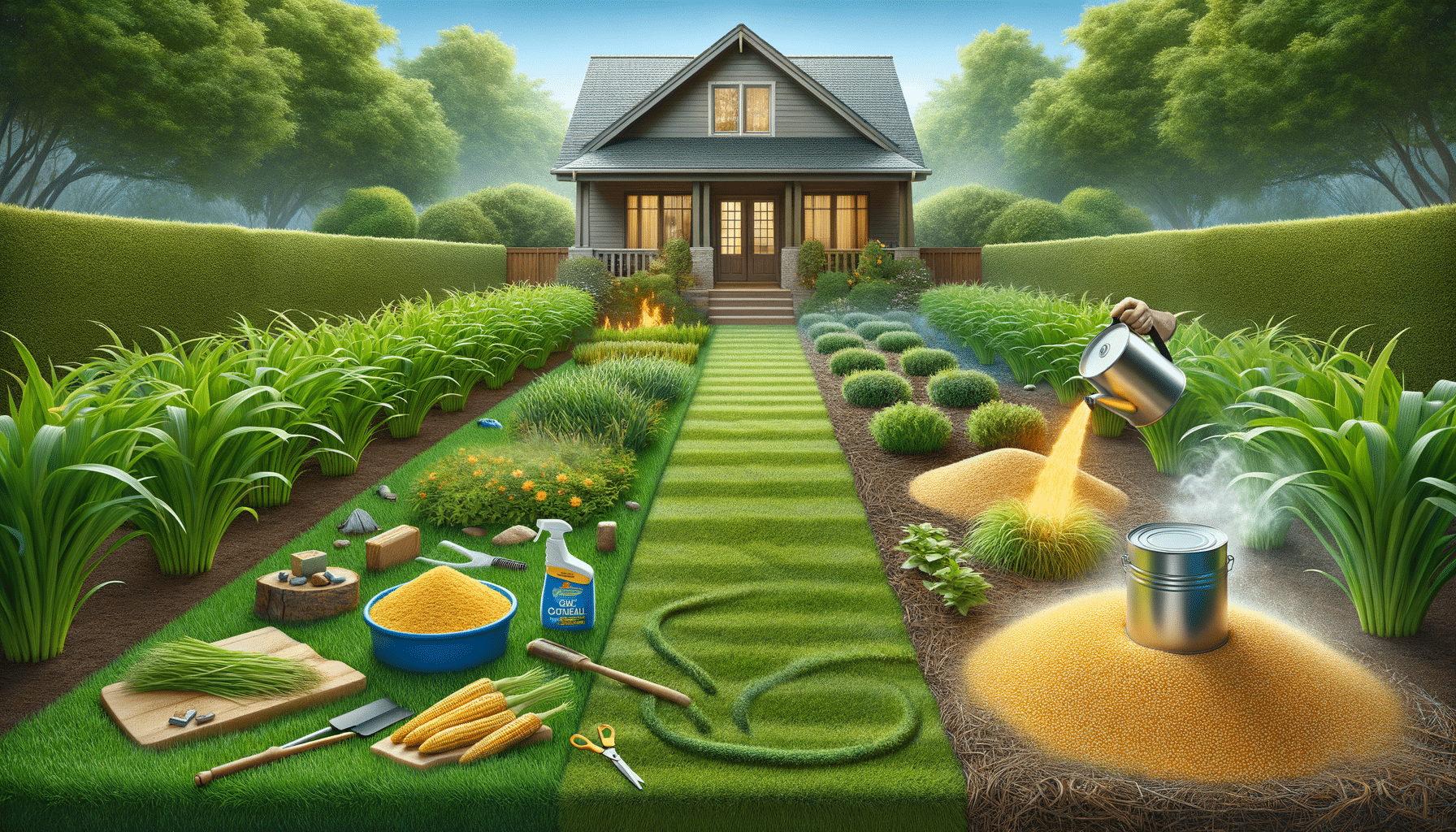
Ways to remove weeds from the frontyard naturally
Introduction to Natural Weed Removal
Weeds are the uninvited guests that often take over our gardens and lawns, competing with desired plants for nutrients, water, and sunlight. Not only do they detract from the aesthetic appeal of our outdoor spaces, but they can also compromise the health of our plants. Natural weed removal methods are gaining popularity as they offer an environmentally friendly alternative to chemical herbicides, which can have adverse effects on the ecosystem. In this article, we explore various techniques for removing weeds naturally, ensuring that your front yard remains a vibrant and healthy environment.
Manual Weed Removal Techniques
One of the most straightforward methods of weed removal is manual extraction. This process involves physically pulling the weeds from the ground, ideally by the roots, to prevent them from regrowing. Although it can be labor-intensive, manual removal is effective for small areas or isolated weed patches. Here are some tips to enhance the effectiveness of this method:
- Use a hand trowel or a specialized weeding tool to reach deep roots.
- Weed after a rain or watering session when the soil is moist, making it easier to extract the entire root system.
- Regularly inspect your garden and remove weeds while they are young and before they seed.
While manual removal is a time-honored technique, it requires persistence and regular effort to prevent weeds from taking hold again.
Mulching as a Weed Control Strategy
Mulching is a highly effective method for controlling weeds while also benefiting your plants. By covering the soil with a layer of organic material such as straw, wood chips, or grass clippings, you can suppress weed growth by blocking sunlight and reducing seed germination. Mulching offers several additional benefits:
- Retains soil moisture, reducing the need for frequent watering.
- Regulates soil temperature, protecting plant roots from extreme conditions.
- Improves soil fertility as the mulch decomposes, adding nutrients to the soil.
To maximize the effectiveness of mulching, ensure that the mulch layer is thick enough (approximately 2-3 inches) to block light but not so thick that it smothers plant roots.
Boiling Water and Vinegar Solutions
For those seeking a quick and simple natural weed killer, boiling water and vinegar solutions are popular choices. Boiling water can be poured directly onto weeds, effectively killing them by cooking the plant tissues. This method is most effective on young, tender weeds and should be used cautiously to avoid harming nearby plants.
Vinegar, particularly white vinegar with a higher acetic acid concentration, can be sprayed onto weeds to desiccate and kill them. However, vinegar can also affect the soil’s acidity, so it’s important to use it sparingly and avoid contact with desirable plants. A combination of these methods can be used for stubborn weeds, but care should be taken to avoid damaging the surrounding ecosystem.
Conclusion: Maintaining a Weed-Free Front Yard
Achieving and maintaining a weed-free front yard naturally requires a combination of strategies and consistent effort. By integrating manual removal, mulching, and natural solutions like boiling water and vinegar, gardeners can effectively manage weed growth without resorting to harmful chemicals. Regular maintenance and vigilance are key to preventing weeds from becoming a persistent problem. By adopting these natural methods, you can enjoy a healthier, more sustainable outdoor space that supports both plant vitality and environmental well-being.


